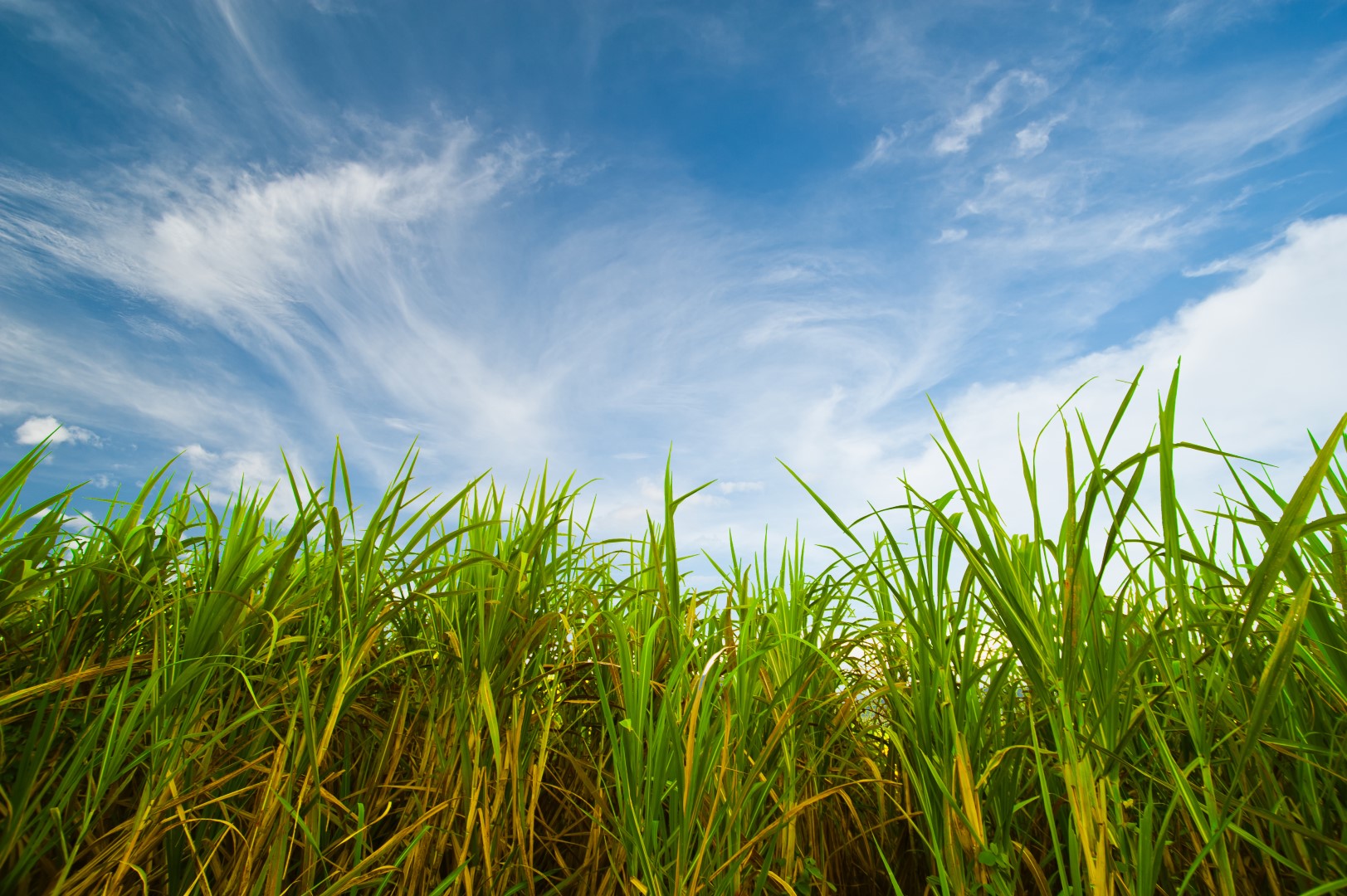A new report on air quality in Glades communities shows the air in the region is clean and meets environmental standards despite criticism from some environmental groups.
American sugar released their second “Report on the state of our air“, studies the air quality in the region. Farmers in the area have pushed back against criticism that burning sugarcane is diluting nearby air quality.
State Level Reports showed that Florida has some of the cleanest air in the country. And a county-by-county analysis of air pollution produced by the Robert Wood Johnson Foundation showed that counties with sugarcane fields are cleaner than the state average.
Critics, however, argued that Belle Glade’s air quality monitor malfunctioned, resulting in readings of PM 2.5 levels – fine particles below 2.5 micrograms – incorrectly showing that nearby air was clean.
But the new report refutes this claim in two ways. First, private air quality data collected from January 2018 to September 2021 closely tracks data collected by the Belle Glade monitor over the same period. It demonstrates that the air is “good” by Environmental Protection Agency (EPA) standards, which is the best possible designation.
Second, the Department of Environmental Protection (DEP) installed a new Belle Glade monitor late last year, replacing the old one. The data generated from this November installation reinforces the data obtained from the previous monitor. The report overlaid PM 2.5 data from November 2021 and compared it to the November readings of 2018, 2019 and 2020. The November 2021 readings are well within the range followed in previous years.
Robert H. Buker Jr.president and CEO of US Sugar, welcomed the findings in a written statement.
“The people of US Sugar are pleased to release the second annual State of Our Air Report for the 2020-21 season, which shows Glades communities have good, safe and clean air,” Buker said.
“US Sugar, along with hundreds of Independent Family Farmers, is proud of our partnership and our commitment to our community.
The findings follow similar findings unveiled in the first edition of the report.
Last year, the Palm Beach Post partnered with ProPublica to investigation in the air quality of Glades, wondering if the debris released by the sugar burns is reaching nearby residents. The State of Our Air report pushes back against those claims, using both public air quality data and private polycyclic aromatic hydrocarbons (PAHs) data from multiple monitoring sites, according to the report.
A US Sugar source said a preliminary version of the private air quality data was provided to Palm Beach Post editors and reporters when reporting on air quality issues in 2021. The outlet declined to use the information and instead focused on off-the-shelf air quality monitors that may be less reliable, the source said.
Sugar producers have also faced legal action over this. But farmers have critical these combinations to also rely on erroneous data.
Our state of the air report also revealed levels of benzo(a) pyrene – which can cause health problems – were low in Glades communities, well below safety level standards instituted by the EPA.
Sugarcane burns are performed to remove the leaves from the stalks before they are harvested and transported to a mill. The Florida Forest Service is responsible for regulating these burns. Permits are only issued if the wind is not directing the smoke towards a community, which could lead to the potential spread of toxic materials.
The issue has divided Glades communities over the years. While some criticized the farmers’ practices, other community members expressed in support and says the burns are done safely.
Post views:
0

